Taino civilization: Carib | History, Traditions, & Facts
Deep Look: The Tainos?
Deep Look: The Tainos?
Who were the first Haitians? Where did they come from? What kind of
civilization existed at the time Columbus
anchored his boat on the north coast of Haiti, near Cap-Haïtien
on December 5,1492. How much do we know
and how much is left of that civilization are some of our discussion
points during this first session of a long look at
Haitian History.
The island of Haiti, which is now shared by two independent republics,
Haiti and the Dominican Republic, witnessed a
flourishing civilization before 1492. Columbus called the Tainos who
inhabited the island Indians because he thought
he had reached India. Around fifty years after his coming on the island
virtually all Taino population was so much
decimated that their trait is not encountered in Haiti today. Through
archeological evidence, biological and cultural
remains, some answers have been provided to the origins of the Tainos,
their culture and religion.
Some researchers base their evidence on the Tainos traits that were
similar to those of the Indians of South America to
conclude that the Tainos may have come from the northern part of that
region. Archeologists, through excavation of
Tainos remains, conclude that the migration must have happened some
time ago in Pre-History
The Tainos lived throughout most of the Caribbean. The immediate neighbors
of the Tainos were the Guanahatabeys
who lived at the far northern end of Cuba and the Island Caribs on
the Lesser Antilles. The Guanahatabeys separated
the Tainos from the fully civilized people of the Middle America, (Irving
Rouse 1992). The Tainos occupied most of
the Greater Antilles. They lived particularly on the island of Haiti
and also in Puerto Rico. They called that island Haiti,
Quisqueya or Bohio because of its physical features. Haiti in Taino
means high ground, mountainous land. Columbus
renamed the island Hispaniola.
The Tainos exchanged cultural, linguistic and biological traits with
the Guanahatabeys and the Island-Caribs. Some
Some
ethnohistorians call the Tainos, Arawacks because they are said to
be the descendents of Arawacks from the North
Eastern part of South America. However, they preferred to be called
Tainos, which means men of the good. Most agree
that the Tainos who lived in Haiti or Bohio and the Boriquenos
of Puerto Rico had a more advanced civilization.
According to various estimates, when the Spaniards conquered the island
of Haiti, as many as 100,000 to
1,000,000 Tainos were living on that land. That number would be reduced
to zero due to genocide committed by the
Spaniards. Nowadays, except for archeological remains and some artwork,
there is practically no clear trace of Taino
descent in Haiti.
Society and Culture
The inhabitants of Haiti and Puerto Rico were considered to be the most
populous and most advanced culturally among
the other inhabitants of the Caribbean islands. The Tainos were said
to be gentle and peaceful, happy and friendly. It is
It is
believed that the Tainos traveled throughout the other islands eventually
replenishing less developed communities. Most
scholars agree that they traveled up and down the chain of islands.
They traveled in groups with children, women and
domestic animals. They had well built canoes of as much as 25 meters
able to carry as many as fifty people. The Taino
society was communal in nature. It was a well-organized society divided
between different “caciquats” or kingdom each
governed by a chief or cacique. The cacique played the role of priest,
healer and/or local legislator.
This position of cacique was not limited to men only; women could fill
that position as well. The cacique was paid a tribute
to oversee the village. This was a hierarchical society where other
levels of honor existed. There existed thus a number of
sub-caciques on the island. The sub-caciques did not get paid for their
position, but were responsible for various
services to the village and to the cacique. At the time of the first
At the time of the first
contact with the Spaniards, the island of Haiti was
divided into five caciquats or provinces.
Tainos hated hard labor and ardous climbs. For those reasons, they,
for the most part stayed away from the mountainous
regions of the island. You will find that the caciquats coincided with
the coastal plains or interior valleys.
The Marien with Guacanagaric as cacique was situated in the north and
north East Coast interior stradling the northern
regions of nowadays Haiti and Dominican Republic. The Maguana with
Caonabo as cacique, occupied the central plains
of the Cibao. The Magua with Guarionex as cacique, was in the farther
North East. The Xaragua with Bohechio as cacique,
occupied the western plains of nowadays Haiti. The Higuey with Cotubanama
or Cayacoa, Occupied the Easternmost
peninsula Rico
The villages contained an average of one to two thousand people living
in irregular houses arranged around a plaza. The
typical village of the Taino contained a flat court in the center of
the villagewith houses surrounding it. The regular houses
The regular houses
had a circular shaped figure with poles providing its primary support.They
had dirt floor and roofed dwelling and were
covered with woven straw and palm leaves. These houses were called
ajoupas. They received guests on wooden stools.
Tainos had strong familial ties and related families lived together.
Tainos society was a polygamous one with the
cacique allowed to have more wives than the other men of the villages.
Being married to a cacique was considered a great
honor. The cacique wives and children enjoyed a superior lifestyle
and they all lived in the same house. The house of
the cacique was rectangular and was made with the same materials as
the other houses. Their flat court situated in the
center of the village was used for various festivals both religious
and secular. During those festivals, they played a
ball game that closely resembles modern-day soccer.
The young Tainos kids wore nothing; the men covered their genitalia
with cotton cloths. The married women, however,
The married women, however,
wore short skirts called nagua; the unmarried ones wore headbands.
It was part of their culture to flatten their forehead
by placing a hard object against it at childbirth. Also the ears and
nasal area were pierced; their waist and necks were
decorated. The color red was very often used in the decorations of
their bodies, which is probably why it is often
thought that Tainos had red skin. The Tainos were well groomed. They
liked to bathe often. Later, the Spaniards
enacted a law forbidding this healthy attitude considering it as harmful
to the Indians. The Spaniards believed that frequent
bathing would take ones soul away.
The Tainos had a good defense system since they were often in need to
defend themselves against the Island-Caribs. At
the time of the conquest, the Tainos were fighting against the Caribs
who had invaded the eastern part of Haiti.
Agriculture and Diet
Tainos ate mostly meat and fish, essentially their primary source of
protein.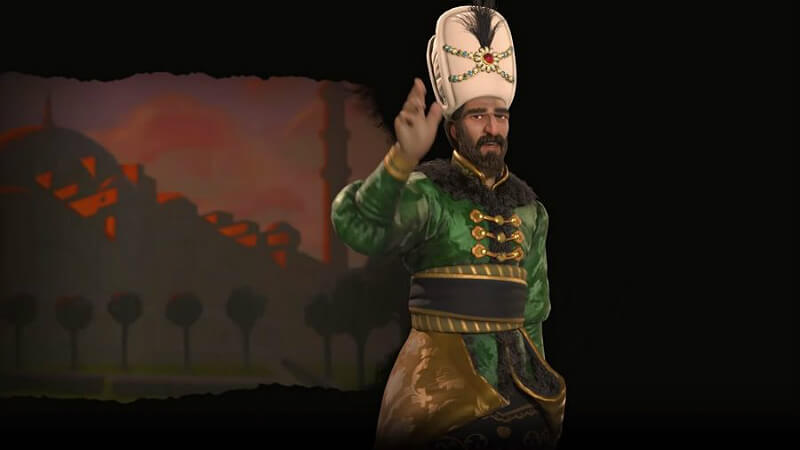 They also ate birds, small mammals,
They also ate birds, small mammals,
snake and any other animals. Their diet also comprised sweet potatoes,
beans and peanuts as well as corn. They
brought guava from South America as well as animals like agouti and
opossum. They had cassava and manioc for
staples, which provided flour for them to bake after having extracted
the poisonous juice from those roots. They also
hunted for bats, snakes, various rodents, worms and other mammals.
However, they were not men-eaters!
The Taino practiced a system of agriculture that was maintenance free.
They used a shifting method of agriculture
to avoid exhausting the soil. Tainos were skilled farmers. Work was
allocated according to sex. Hence,
men were to clean the fields and fished while women took care of the
crop for cultivation, made handicrafts and kept an
eye on their children. The women made objects out of clay, such as
plates and pots.
Religion
More is known about the Tainos religion because Columbus had appointed
father Ramon Pane to study their belief
system. (Irving Rouse, 1992). Tainos had a system of Gods called Zemis.
(Irving Rouse, 1992). Tainos had a system of Gods called Zemis.
The two supreme Taino deities were
Yucahu, the lord of cassava and the sea and Atabey, Yucahu s mother,
the goddess of fresh water and human
fertility. Other zemis included ancestors spirits and spirits believed
to be living in trees and rocks. The term “Zemis”
was applied to the deities themselves and also to any fetishes representing
them. They were made from the
remains of ancestors, or some other natural objects. They believed
that powerful spirits inhabited those objects. Those
zemis were kept on tables at their owners home. To the Tainos, the
zemis controlled various functions of the universe.
There were three primary religious practices: the religious worship
of the zemis themselves, the services performed
by medicine men seeking advice and healing procedures from the zemis.
Religious agricultural feasts were offered
both in thanksgiving and petition to the zemis. During such feast the
Tainos would wear special dresses and they
painted their body.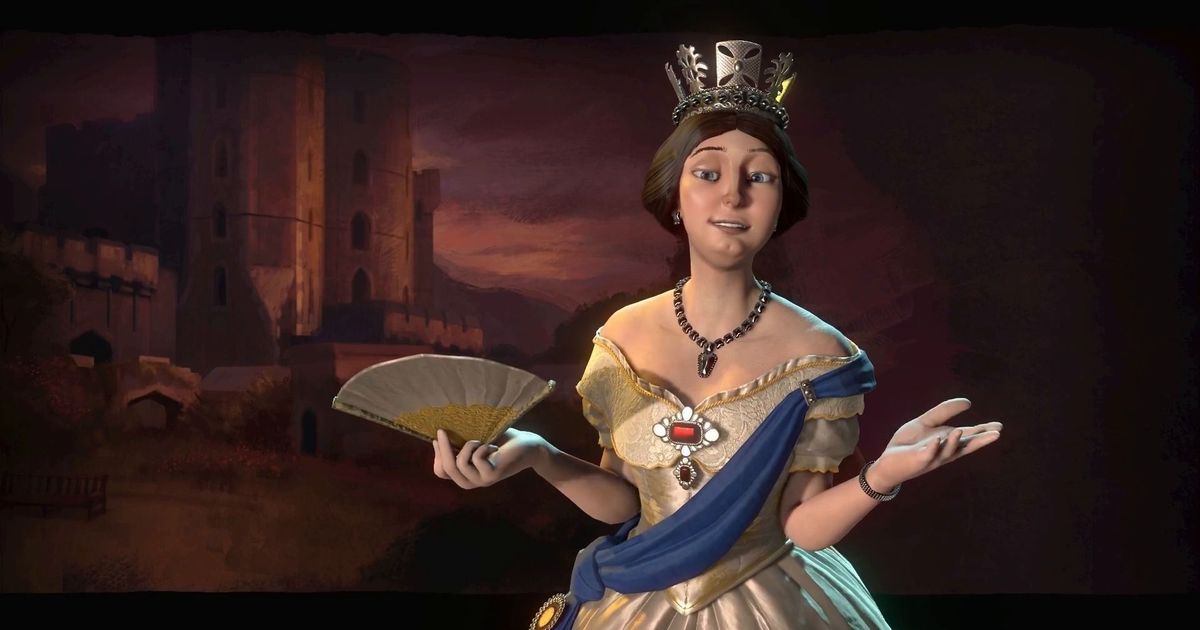 The priest would present the carved figures of
The priest would present the carved figures of
the zemis. During the ceremonies, the cacique
would seat on a wooden stool. During the ceremonies, the singing was
accompanied with rhytmic drum beating.
As a sign to remove all impurities from the bodies, the people would
induced vomiting by “swallowing” a stick.
Women would serve bread first to the zemis then to the cacique followed
by the other people The Tainos believed
in afterlife where the good people would be rewarded.
Little is known of the Tainos. Had their civilization not been destroyed,
we would have the chance to know more about the
specific aspects of their life like the songs they recited and their
literature. At this point we only have the testimony of the
Spaniards, the Tainos first western contact (who ironically will also
be responsible for their extinction) and the scientific
research on their culture that thus far has not been able to produce
much more than theories.
Reviving the Conflict Between Columbus and Taíno Chieftain Caonabó Through Historical Fiction
Reviving the Conflict Between Columbus and Taíno Chieftain Caonabó Through Historical Fiction | History News
Network
Departments
- Home
- News
- U.
 S.
S. - World
- History
- Features
- Books
- Roundup
- Blogs
- Job Board
`>
;
10/10/2021
Historians/History
tags:
Native American history, Columbus, Christopher Columbus, Caribbean history, Taíno
by Andrew Rowen
Andrew Rowen is a historical novelist who dramatizes the history of 1492 through the eyes of both Native and European protagonists. His new novel, Columbus and Caonabó: 1493–1498 Retold (coming November 9, 2021), depicts Columbus’s invasion of “Española” on his second voyage and the bitter resistance mounted by its Taíno peoples, led by the chieftain Caonabó.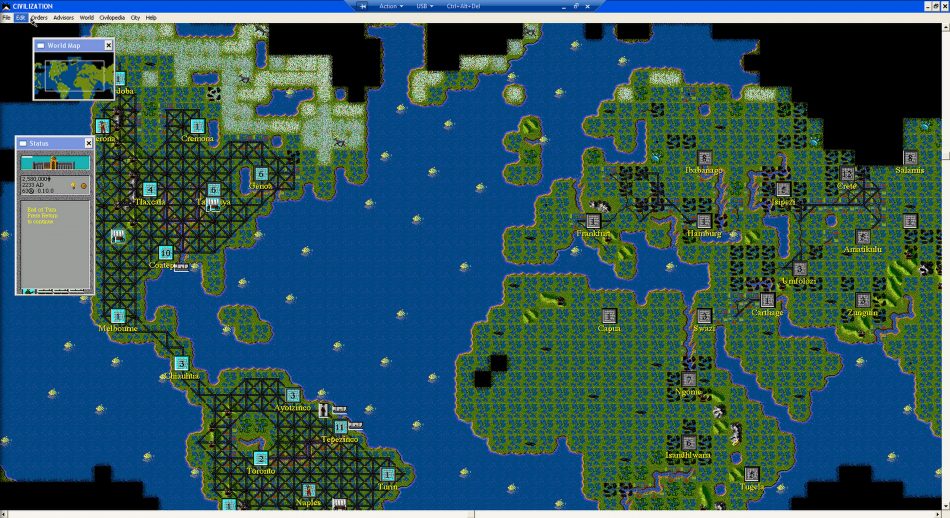 Rowen’s first book, Encounters Unforeseen: 1492 Retold (2017), presents the life stories of Caonabó and other Taíno chieftains side by side with those of Columbus and Queen Isabella and portrays their respective astonishment and objectives as Columbus’s first voyage unfolds.
Rowen’s first book, Encounters Unforeseen: 1492 Retold (2017), presents the life stories of Caonabó and other Taíno chieftains side by side with those of Columbus and Queen Isabella and portrays their respective astonishment and objectives as Columbus’s first voyage unfolds.
The late Professor James Loewen considered one of the great lies of the traditional “Columbus story” to be that the collision of European and Native American civilizations then commencing was between “civilized” and “primitive” societies. My historical novels attempt to redress that lie by retelling the “Columbus story” from both Native American and European perspectives, through protagonists of equivalent gravity and dignity, each proud of their respective civilization’s traditions, moral beliefs, and religions.
I believe this effort is worthy, most plainly, because many Taíno peoples of “Española” resisted Columbus’s conquest, determining strategies and taking counteractions themselves—analytically, it’s their story, too, not just a “Columbus story,” a “Spanish empire story,” or a “European colonial usurpation/atrocity story. ” While often overlooked, Caonabó was the first Native chieftain known to organize war against the European settlement of the Americas that began in Española in 1493 and continued for four centuries. Columbus himself used the following words (translated from Spanish) to describe the chieftain: “the most important chief on the island;” “no one is bolder or more daring in war;” and “all the island’s chiefs watch what he does closely and no longer have any fear, being emboldened by his killing of Christians.” Traditional accounts of Columbus’s voyages and legacy—whether pro- or anti-Columbus—often do not credit Caonabó and the resistance he led, tending to treat the Taínos as passive victims. My new book places Caonabó and Columbus’s plotting, strategies, and actions for their conflict on a par. Caonabó was conquered; but centuries-old history about an event shouldn’t be written only about the conqueror.
” While often overlooked, Caonabó was the first Native chieftain known to organize war against the European settlement of the Americas that began in Española in 1493 and continued for four centuries. Columbus himself used the following words (translated from Spanish) to describe the chieftain: “the most important chief on the island;” “no one is bolder or more daring in war;” and “all the island’s chiefs watch what he does closely and no longer have any fear, being emboldened by his killing of Christians.” Traditional accounts of Columbus’s voyages and legacy—whether pro- or anti-Columbus—often do not credit Caonabó and the resistance he led, tending to treat the Taínos as passive victims. My new book places Caonabó and Columbus’s plotting, strategies, and actions for their conflict on a par. Caonabó was conquered; but centuries-old history about an event shouldn’t be written only about the conqueror.
Presenting both Taíno and European perspectives of the “Columbus story” also reminds that the Europeans violated not only Taíno sovereignty but the Taíno civilization’s honored ideals, traditions, and sacred beliefs. While fifteenth-century Taínos lacked writing, the weaponry, and many other technologies of fifteenth-century Europeans, the Taínos had religious beliefs and a moral code that were no less true in the eyes of the believer or valid than those of the Europeans they fought. The Scientific Revolution hadn’t arrived on either side of the Atlantic, and religion was central to the perception and moral conduct of both peoples. My new book presents and contrasts tenets and moral prohibitions of Taíno religion and Christianity, also putting them on a par. Dialogues between protagonists push the reader to consider the extent to which the modern ascendancy of European religions in the Americas is simply rooted in conquest, rather than sophistication, validity, or appeal.
While fifteenth-century Taínos lacked writing, the weaponry, and many other technologies of fifteenth-century Europeans, the Taínos had religious beliefs and a moral code that were no less true in the eyes of the believer or valid than those of the Europeans they fought. The Scientific Revolution hadn’t arrived on either side of the Atlantic, and religion was central to the perception and moral conduct of both peoples. My new book presents and contrasts tenets and moral prohibitions of Taíno religion and Christianity, also putting them on a par. Dialogues between protagonists push the reader to consider the extent to which the modern ascendancy of European religions in the Americas is simply rooted in conquest, rather than sophistication, validity, or appeal.
The foregoing points may have special significance for those who consider themselves Taíno or with Taíno roots (not myself) or who practice an indigenous or polytheistic religion. Over recent decades, the number of people in the Caribbean, the United States, and elsewhere in the Americas who consider themselves Taíno has grown substantially, and a bicultural retelling of the “Columbus story” provides an ancestral history still often erased or unknown.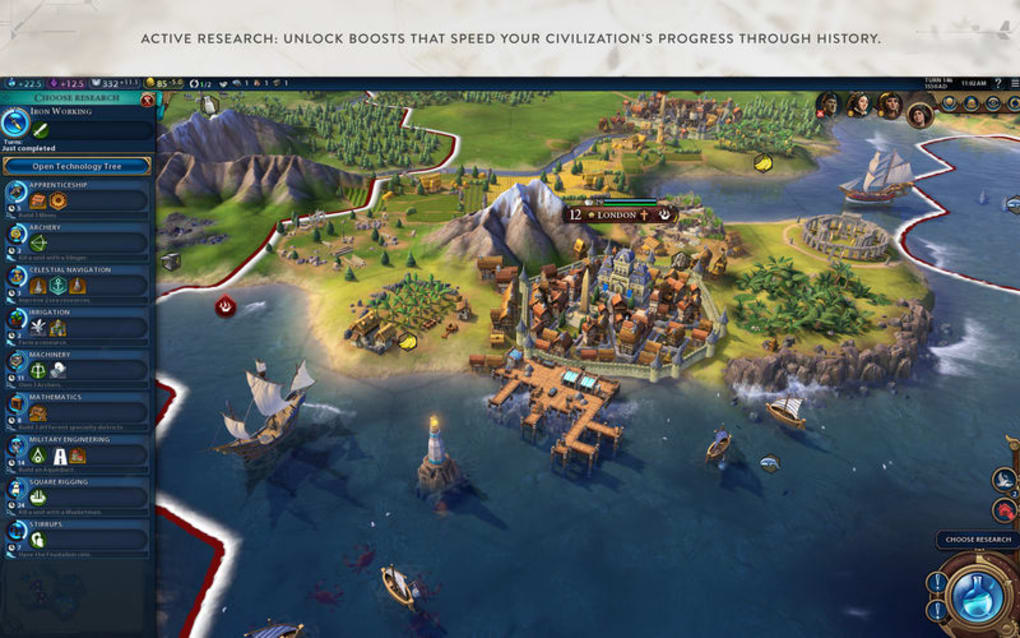 Caonabó and his wife Anacaona have long been remembered in the Dominican Republic and Haiti, but much less so elsewhere. Chief Guarionex—Caonabó’s peer, renowned for his spirituality—is even lesser known, and his study of Christianity with the second voyage’s missionaries and his rejection of it is typically overlooked in accounts of the effort. Columbus and Caonabó depicts that education and rejection, which might have special meaning for those who’ve made a similar choice.
Caonabó and his wife Anacaona have long been remembered in the Dominican Republic and Haiti, but much less so elsewhere. Chief Guarionex—Caonabó’s peer, renowned for his spirituality—is even lesser known, and his study of Christianity with the second voyage’s missionaries and his rejection of it is typically overlooked in accounts of the effort. Columbus and Caonabó depicts that education and rejection, which might have special meaning for those who’ve made a similar choice.
My books present the actions and thoughts of both European and Taíno protagonists as I believe they would have lived them day-to-day, in the immediacy and chaos of their present moment, without imposing historical conclusions drawn in hindsight or inventing an overarching literary story plot, seeking foremost historical validity. To that end, I have considered the primary accounts written by the conquering Europeans who witnessed the events, knew the participants, or lived in the sixteenth century (to the extent credible) and, as they had no written history, studies of the Taínos by modern anthropologists, archaeologists, and other experts seeking a more bias-free understanding.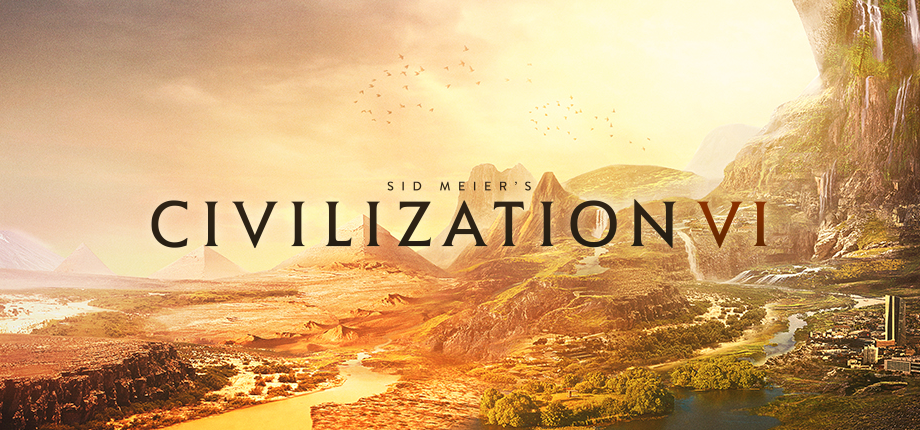 My research also has included visiting and investigating sites in Haiti, the Dominican Republic, Spain, and other countries where the protagonists lived, met, or fought, which has tested and added to my understanding of the historical record.
My research also has included visiting and investigating sites in Haiti, the Dominican Republic, Spain, and other countries where the protagonists lived, met, or fought, which has tested and added to my understanding of the historical record.
I try to speculate and place each protagonist’s thoughts within the context of his or her fifteenth-century perspective and to leave moral judgments for the reader. As for Columbus, scenes in my novels portray those of his qualities often recognized as admirable—perseverance through adversity, rising from a humble origin to nobility, and extraordinary skill as a mariner. But, on behalf of his sovereigns and with papal approval, he violated the sovereignty of Native peoples, and he also enslaved them and men under his command committed atrocities—as I also depict. As for Caonabó, my novels trace his foresight that the Europeans were an enemy and his resolute and brave attempt to organize his people to repel them, all without the experience of the next centuries to guide him.
My first decision was whether to write histories or historical novels, and I chose the latter for two reasons. In my view, I had to write novels because the Taínos had no written history and a novel’s greater speculative latitude was necessary to achieve commensurate dignity and gravitas of the Taíno and European protagonists. Just as important, I wanted to write them as novels so that readers could experience the history through the eyes of protagonists of both peoples, not merely understand events.
Please enable JavaScript to view the comments powered by
Disqus.comments powered by Disqus
- Breaking News
- Historians
- DC
- Breaking News
- Historians
- DC
11 Movies and Shows that Document the March of Technology
Dr.
 Bernice King’s Statement on Florida’s Rejection of AP African American Studies
Bernice King’s Statement on Florida’s Rejection of AP African American StudiesThe Real Story of “Casablanca” Was the Refugees
Antisemitism is Resurgent. Why are News Organizations Screwing Up the Story?
The History of Consumption Taxes Shows GOP Won’t Eliminate IRS
Kidada Williams on The Reconstruction that Wasn’t
How the Russian Jews Became Soviet
National Library of Medicine Announces 2023 History Talks
A Former Inmate Reviews an Oral History of Riker’s Island
What Can a Medievalist Teach us about Jacinda Ardern’s Resignation and Women in Power?
- Trending on HNN
- Trending on HNN
50 Years Ago, “Anti-Woke” Crusaders Came for My Grandfather
With Academic History in Crisis, can Departments Pivot to Reach Interested Audiences?
Who Was Stepan Bandera?
Arawak civilization – Civilization
Civilization arose in the 41st century. back.
Civilization stopped in the 5th c. back.
Arawak —
the collective name of a whole group of peoples who inhabited the islands of the Caribbean
and northern South America. It was the Arawaks who were the first of the Indian tribes
met Christopher Columbus upon his arrival in the New World.
+++++++++++++++++++++++++++++++++++++++++
Arawak is the collective name of the whole group
peoples who inhabited the islands of the Caribbean and the northern part of South America. nine0007
The settlement of the Arawaks took place approximately from the end of II
thousand BC e. from the savannahs of the Orinoco basin (archaeological traditions of the Barrancas and
saladeros, collectively known as “saladoid culture”) in connection with
transition to a more developed agriculture – the cultivation of bitter cassava.
The Arawaks advanced to Guiana and the Antilles (from the end of the 1st millennium BC),
to Montaña (the hupaia complex of the beginning of the 1st millennium AD), eastern Bolivia (Chane, 7th c.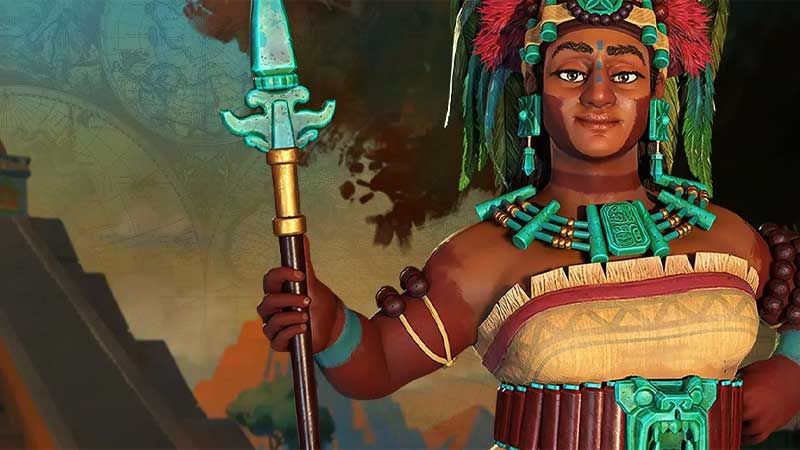
n. e.), the upper Xingu (10th century AD).
Arawak political system was hierarchical,
The Arawak civilization is characterized by
highly organized structure of society, its hierarchy, as well as
commitment of the population to universal human values - for example, the Arawak
women had the right to refuse a man to marry, which for the Indians was
unheard of, however, as for many Europeans of that time.
The Arawak islands were divided into groups, each
the island, in turn, was divided into smaller states, where they ruled
tribal chiefs known as katsiki (kasiki). These states were divided into
areas where there was also a ruler; the villages included in the area also had
chapter. nine0007
The population of the Arawaks decreased significantly when
Europeans arrived in America. Smallpox and other diseases brought from Europe gave rise to
epidemic among the Indians. The policy of enslavement, the resettlement of families also made
your business. Indian society was destroyed by European expansion, however
however, some of the representatives have survived to this day.
Most of the modern population of Puerto Rico is known to have descended from
Arawaks. Approximately 2,450 full-blooded Arawaks now live in
Venezuela, Guyana, Suriname, French Guiana. Most of the inhabitants of Aruba,
Puerto Rico, the Dominican Republic and Haiti are the descendants of the Arawaks. AT
In the Dominican Republic it is mostly Taino, in Haiti it is Siboney. At present
while a small number of people from Jamaica, Haiti, the Dominican Republic,
Saint Lucia, Cuba, Grenada speak the languages of the ancient Arawaks. nine0007
The Arawaks were the first of the Indian tribes to meet
Christopher Columbus upon his arrival in the New World. According to various estimates, in
during the first expedition of Columbus, the number of island Arawaks ranged from
300 to 400 thousand people, although some sources give other figures –
up to several million.
With a developed culture, the Arawaks were very
friendly to each other and to strangers – according to the testimonies of the participants
expeditions, the natives shouted to the European ships approaching their islands:
“Tainos!”, which in translation from the local dialect means “peace”. From here it went
From here it went
the second common name of the island Arawak tribes is Taino. nine0007
The Taino were engaged in trade, agriculture,
fishing and hunting, unlike many other Indian tribes, they
practically did not participate in military conflicts. The only people with
which the Arawaks were at enmity, there were cannibals living in the territory
modern state of Puerto Rico.
With the advent of the conquerors, the state of the Arawaks quickly
fell into decay – the population decreased several times due to the lack of
immunity to diseases of the Old World and armed conflicts with the Spaniards. AT
the Taino are now considered extinct, although on some islands
Caribbean Sea, the remains of the culture of this once highly developed
civilization. nine0007
90,000 scientists learned how the Aztecs killed the conquerors of Mexico
- BBC News Mundo
- BBC Spanish Service
9000
Sprinkle for our DISTOMST ” understand the events.
The author of the photo, Mauricio Marat/INAH
Image caption,
Scientists believe that the Aztecs repeated the plots of myths during the murders the Aztec empire and conquered Mexico. nine0060
A team of archaeologists found skeletons four years ago during excavations at a site near the ancient state of Tlaxcala.
Now the fate of these people, among whom were men, pregnant women and children, has become clear.
This is an expedition sent from Cuba a year after the first landing of Hernán Cortes on the continent in 1519.
- A grim find of archaeologists: 140 children were sacrificed and their hearts were cut out
- A 500-year-old tower of human skulls was discovered in Mexico City
- Why did the conquistadors fail to notice the largest pyramid on the planet?
Analysis of these remains and other archaeological sites allowed scientists to assume that within six months from June 24, 1520, the indigenous people captured about 350 followers of Cortes and selected several for sacrificial rituals.
 nine0007
nine0007According to experts, members of the captured convoy were kept in their cells for more than six months, starving.
Indians during this time sacrificed men, women and horses, dismembering them. However, the pigs brought by the Spaniards for food were apparently viewed with suspicion by them – they were killed and buried whole.
Image copyright, Getty Images
According to Institute archaeologist Enrique Martínez Vargas, the captured were taken to Tenochtitlán, capital of the Aztec empire, to serve as a warning to the Tlaxcalans who had joined Cortes. nine0007
Examination of the bones showed that among the allies of Cortes were European men and women, as well as Taino Indians from the Antilles, Tlaxcalans, representatives of the Totonac people and the Mayan civilization, as well as representatives of the black and Indian population.
Horses, cows, sheep, goats, donkeys and dogs also followed the conqueror’s caravan.
 The conquistadors also had pigs, which they used not as food, but as an offering.
The conquistadors also had pigs, which they used not as food, but as an offering.Image copyright Getty
Image caption,
Hernan Cortes and his expedition to Mexico
An interesting discovery of scientists concerns what happened to the bodies after death.
Incision marks on some of the bodies, scientists believe, indicate that the meat has been separated from the bones.
Some of the skulls were placed on the tzompantli, a palisade that allows them to be displayed in public, while they were arranged in male-female pairs. The women sacrificed on the tzompantli were pregnant.
According to Enrique Martínez Vargas, zompantli were built with the skulls of warriors, and in the Mesoamerican cosmogony, women who died in childbirth were considered warriors. nine0007
Photo copyright, Meliton Tapia/INAH
Photo caption,
Discovery made at the Zultepec-Tecoac archaeological site in the area of the ancient state of Tlaxcala
Skip the Podcast and continue reading.

Podcast
What was that?
We quickly, simply and clearly explain what happened, why it is important and what will happen next.
episodes
End of Story Podcast
The body of one of the women was cut in half and buried next to the remains of a three or four year old child. nine0007
According to the researchers, the dismemberment was not a random act of bloodlust or revenge. The sacrifices were ritual; Indians used murders to recreate mythological scenes about the creation of the world.
For example, a burnt and dismembered Tabasco warrior was found in one of the graves. Scientists believe that with this murder, the Indians reproduced the myth about the fate of the gods of the Aztec era, known as El Quinto Sol (The Fifth Sun).
According to the myth, the Sun appeared after the death of all the gods, one of which was burned and turned into this luminary.

 S.
S. Bernice King’s Statement on Florida’s Rejection of AP African American Studies
Bernice King’s Statement on Florida’s Rejection of AP African American Studies nine0007
nine0007 The conquistadors also had pigs, which they used not as food, but as an offering.
The conquistadors also had pigs, which they used not as food, but as an offering.
